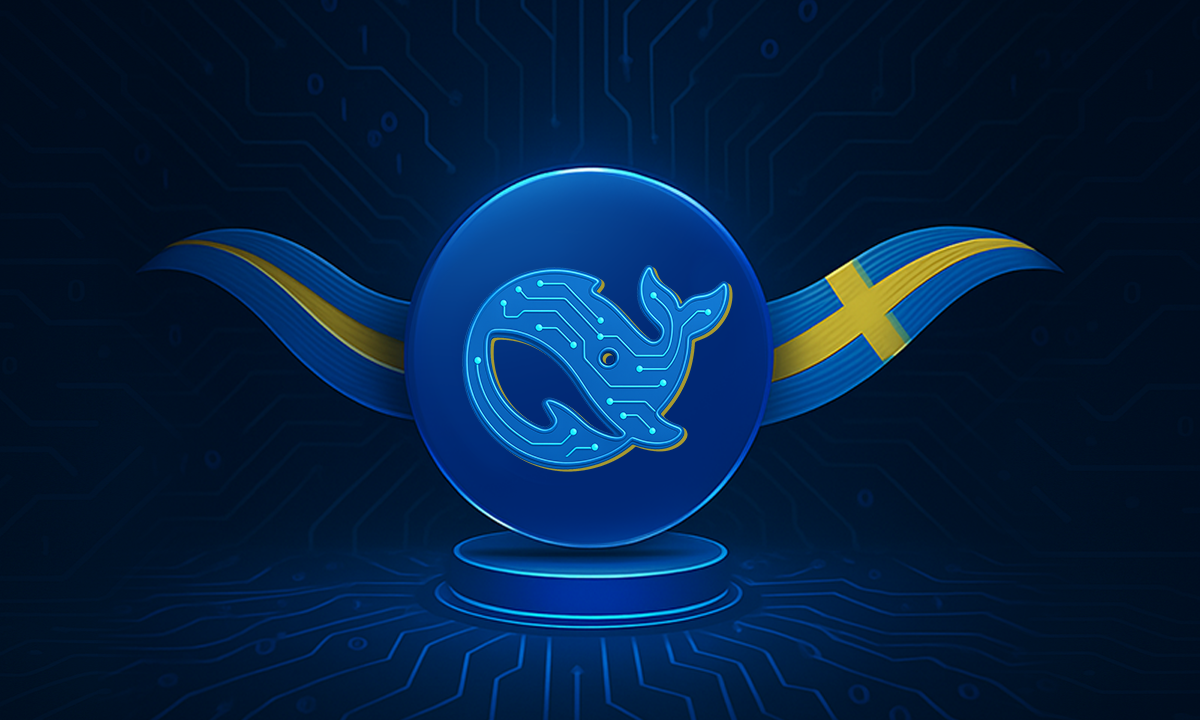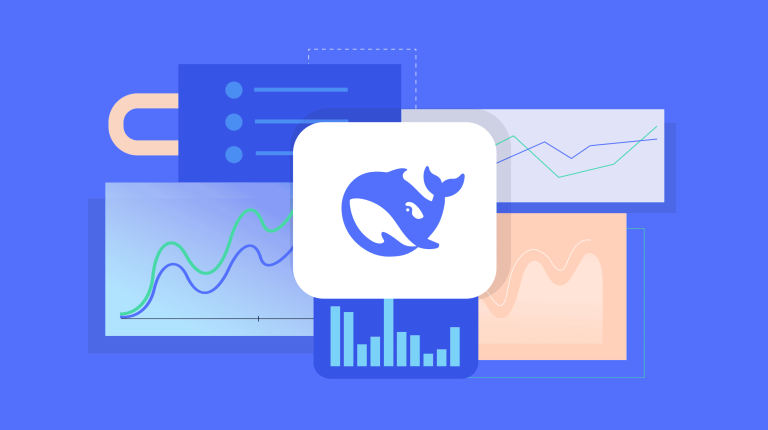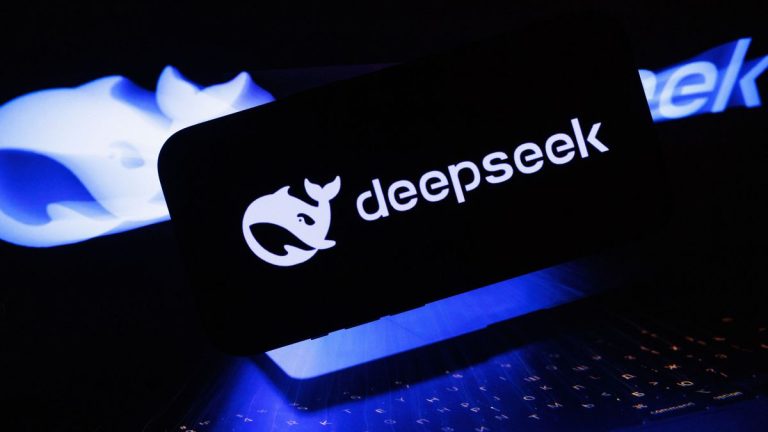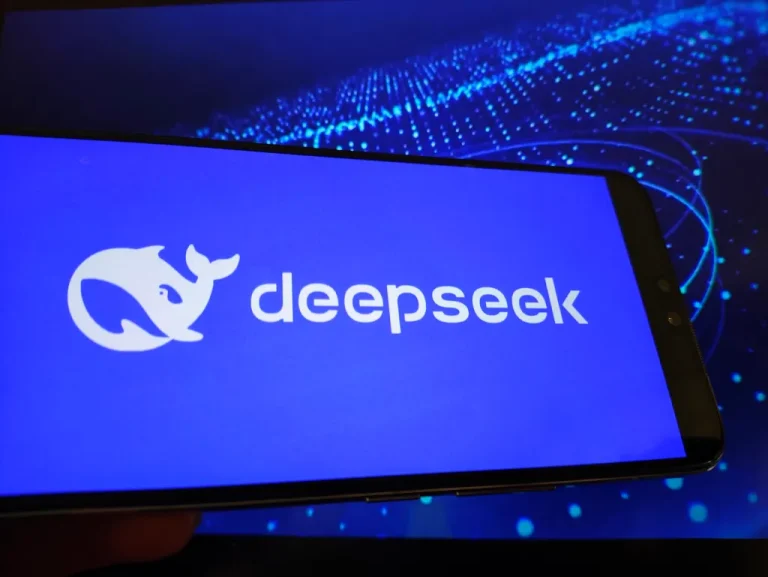The artificial intelligence (AI) industry is undergoing a seismic shift, with new players like DeepSeek challenging the dominance of established giants such as OpenAI and Google. This Chinese-developed AI model has quickly gained attention for its cost-efficiency, performance, and partially open-source nature, making it an attractive alternative for businesses worldwide.
For Swedish companies, DeepSeek presents a unique opportunity to reduce operational costs, enhance productivity, and explore new AI-driven innovations. However, its adoption also raises critical questions about data privacy, regulatory compliance, and long-term viability—especially given the geopolitical tensions surrounding Chinese tech firms.
In this in-depth analysis, we’ll explore:
- How DeepSeek compares to existing AI solutions like ChatGPT.
- Practical applications for Swedish businesses across industries.
- Key risks and how to mitigate them.
- The future of DeepSeek in Sweden’s AI ecosystem.
1. Understanding DeepSeek: A Powerful Yet Affordable AI Model
What Makes DeepSeek Stand Out?
DeepSeek has rapidly emerged as a competitive AI model, offering several advantages for businesses:
A. Cost-Effectiveness
- Unlike OpenAI’s subscription-based ChatGPT, DeepSeek operates on a pay-per-use model, significantly lowering costs for businesses with fluctuating AI needs.
- Example: A Gothenburg-based logistics company reported 40% savings on AI expenses after switching from GPT-4 to DeepSeek for automated customer inquiries.
B. Multilingual and Technical Proficiency
- While its Swedish language capabilities are still developing, DeepSeek excels in English, Chinese, and technical domains such as programming, data analysis, and financial modeling.
- Potential use case: Swedish exporters can use DeepSeek to translate contracts and communications for Asian markets.
C. Open-Source Flexibility
- DeepSeek’s partially open-source framework allows developers to customize the model for niche applications—something proprietary models like ChatGPT do not permit.
- Example: A Stockholm fintech firm fine-tuned DeepSeek to analyze Nordic financial regulations, improving compliance automation.
2. DeepSeek vs. ChatGPT: Which One Should Swedish Businesses Choose?
To determine the best AI solution, let’s compare DeepSeek and ChatGPT across key business criteria:
| Feature | DeepSeek | ChatGPT (OpenAI) |
|---|---|---|
| Pricing | Lower cost, pay-per-use model | Higher subscription fees |
| Language Support | Strong in English/Chinese, weaker in Swedish | Better Swedish language processing |
| Data Privacy | Stores EU data but under Chinese laws | Fully GDPR-compliant |
| Customization | Open-source options available | Limited customization |
| Integration | Works with Azure, but may face future restrictions | Stable global integrations |
When to Choose DeepSeek?
✔ Budget-conscious businesses needing AI for English-heavy tasks.
✔ Tech teams wanting to modify and deploy AI models in-house.
✔ Companies targeting Asian markets (strong Chinese language support).
When to Stick with ChatGPT?
✔ Swedish-language applications (e.g., customer service, legal docs).
✔ GDPR-sensitive industries (healthcare, finance).
✔ Businesses prioritizing long-term stability over cost savings.
3. Real-World Applications of DeepSeek in Swedish Industries
A. Customer Support & Chatbots
- DeepSeek can handle high-volume customer queries in English, reducing reliance on human agents.
- Case Study: A Malmö e-commerce platform automated 80% of support tickets using DeepSeek, cutting response times from 12 hours to minutes.
B. Supply Chain & Logistics Optimization
- DeepSeek’s real-time data processing helps predict delays, optimize routes, and manage inventory.
- Example: A Volvo supplier uses DeepSeek to analyze global shipping data, reducing delivery delays by 15%.
C. Research & Development (R&D)
- AI-powered analysis of scientific papers and patents accelerates innovation.
- Case Study: A Lund University spin-off used DeepSeek to scan 10,000+ research papers in weeks, speeding up clean energy projects.
D. Marketing & Content Creation
- DeepSeek generates SEO-optimized blog posts, ad copies, and social media content—especially useful for startups.
- Pro Tip: Combine DeepSeek with Swedish grammar tools for better localization.
4. Risks and Challenges: What Swedish Businesses Must Consider
A. Data Privacy & Regulatory Concerns
- Issue: DeepSeek operates under Chinese data laws, raising GDPR compliance questions.
- Solution: Avoid inputting sensitive customer data; use anonymized datasets instead.
B. Limited Swedish Language Support
- Workaround: Integrate DeepSeek with local NLP models (e.g., KB’s Språkbanken) for hybrid solutions.
C. Geopolitical Uncertainty
- Risk: U.S.-China tensions could disrupt DeepSeek’s integrations (e.g., Microsoft Azure support).
- Mitigation: Have a backup AI provider (e.g., Mistral, OpenAI) in place.
D. Transparency & Bias
- Unlike OpenAI, DeepSeek doesn’t fully disclose training data, leading to potential bias in outputs.
- Recommendation: Always cross-check AI-generated decisions with human experts.
5. The Future of DeepSeek in Sweden: Trends to Watch
A. Improved Swedish Language Models
- If DeepSeek enhances its Swedish NLP capabilities, it could dominate sectors like healthcare and public services.
B. Stricter EU Regulations on Chinese AI
- The European Union may impose new restrictions, forcing businesses to reassess DeepSeek’s viability.
C. Hybrid AI Solutions
- Swedish firms might combine DeepSeek (for cost) + Local AI (for privacy) for balanced AI strategies.
Is DeepSeek Right for Your Business?
DeepSeek offers real cost savings and flexibility, but Swedish companies must weigh:
✅ Pros: Lower costs, open-source options, strong technical performance.
❌ Cons: Data privacy risks, weaker Swedish support, geopolitical instability.
Final Recommendation:
- Test DeepSeek for non-sensitive, English-heavy tasks (e.g., research, logistics).
- Avoid using it for GDPR-regulated data until compliance is verified.
- Monitor regulatory updates closely in 2024–2025.
“AI adoption isn’t about jumping on the latest trend—it’s about aligning technology with business goals and risk tolerance.”
— Sofie Perslow, AI Strategist at HiQ Sweden



